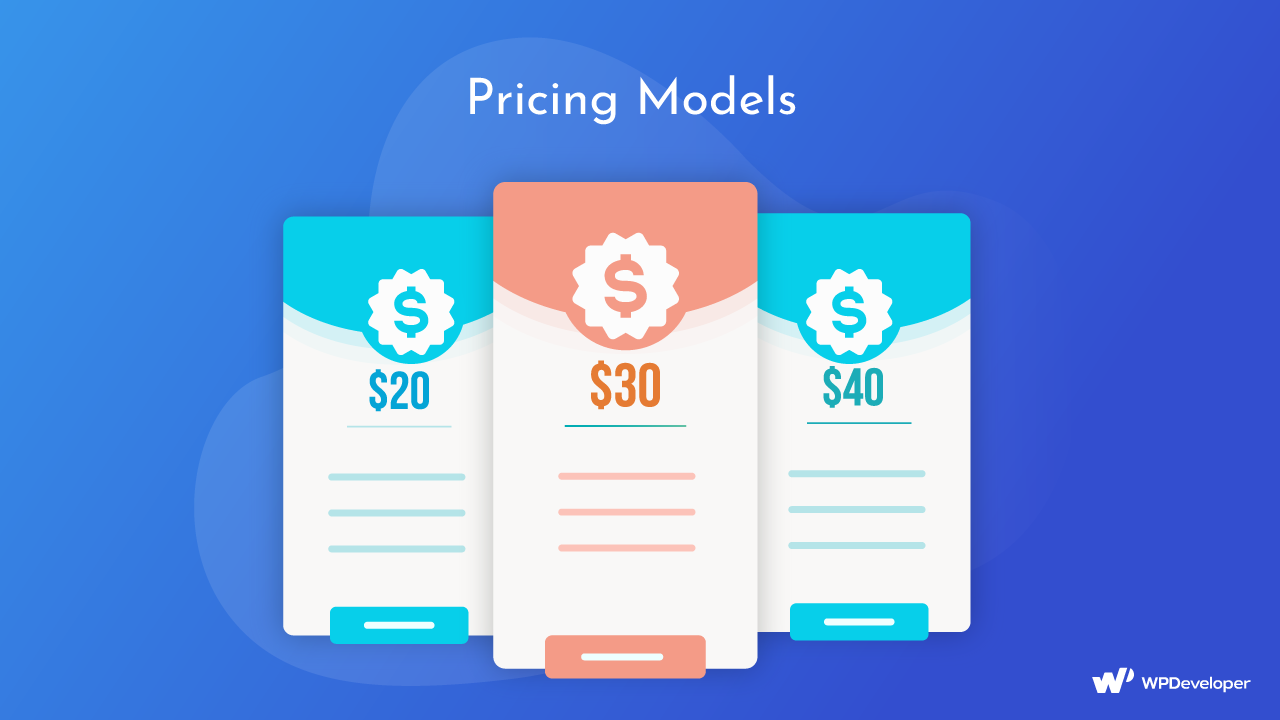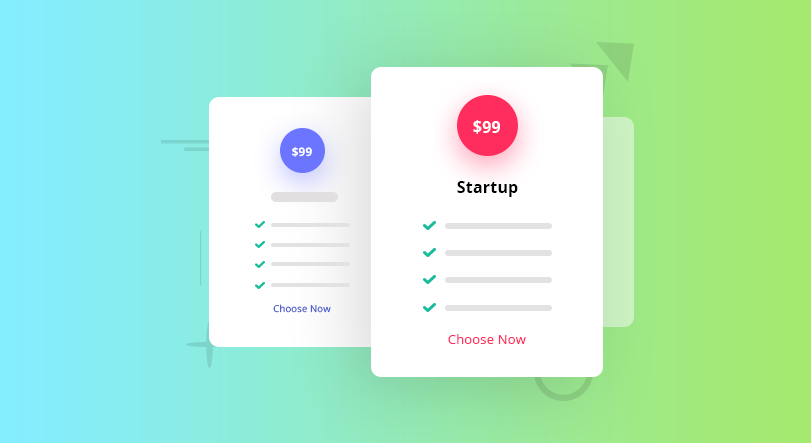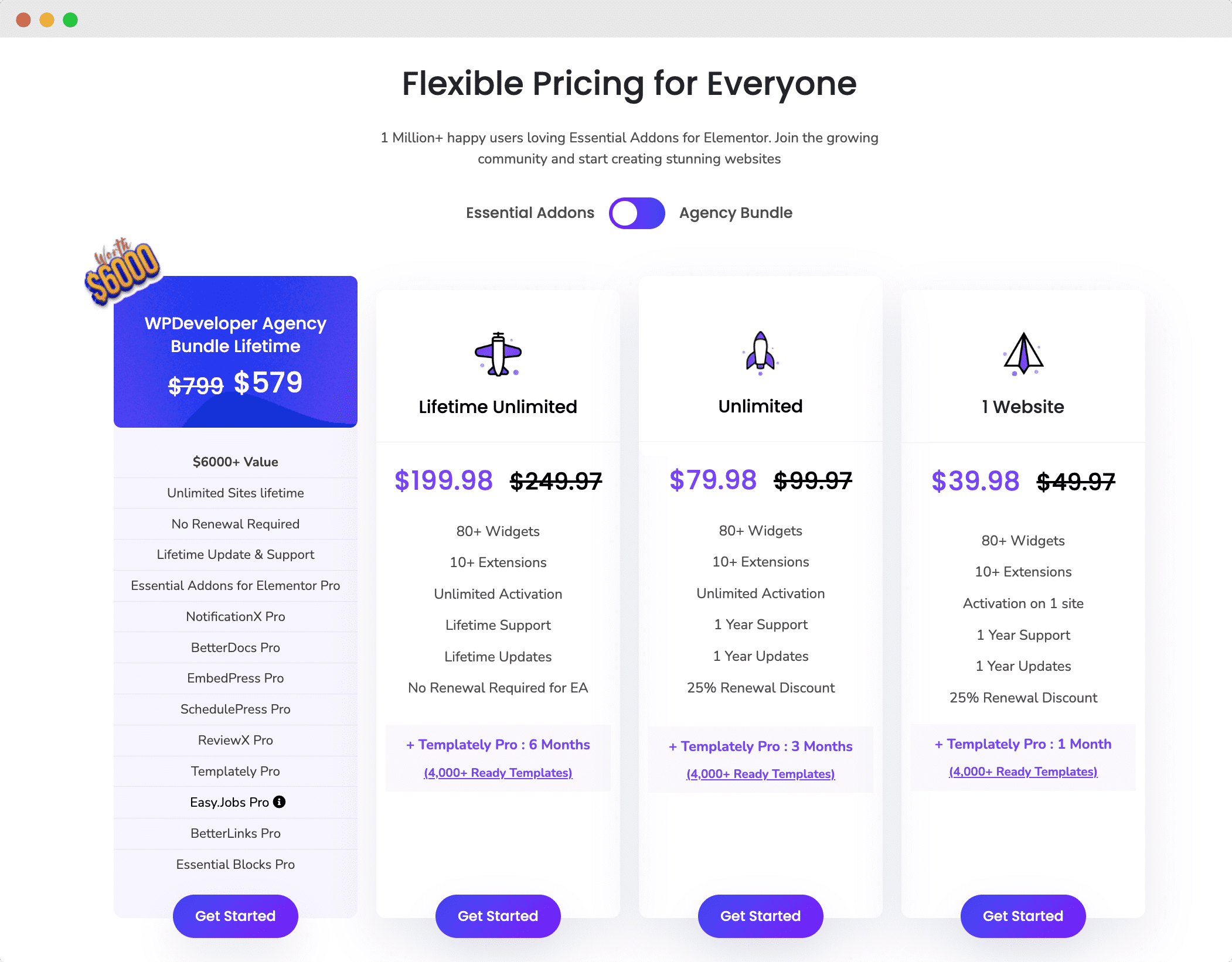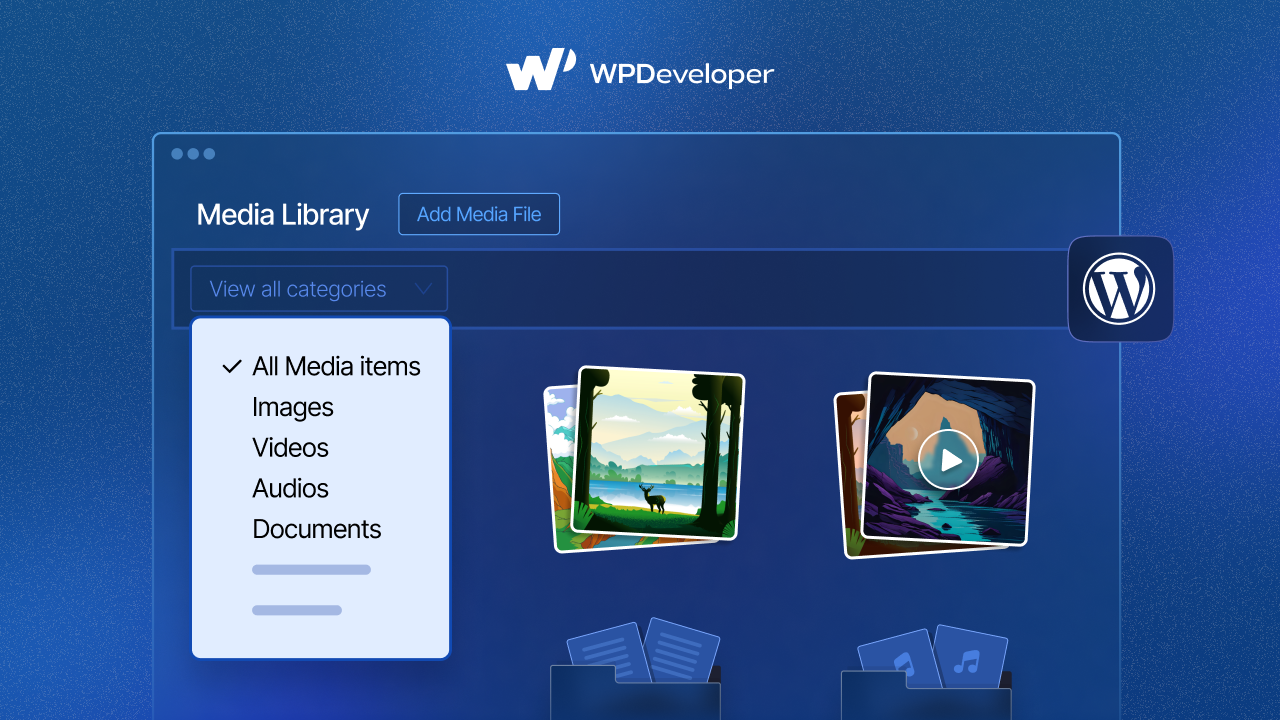Selecting the right pricing model is a critical decision for any business. It can significantly impact your profitability, revenue, and competitiveness in the market. And so, it is crucial to strategize your pricing model in a way that makes sure sales. In this article, we have explored the top 10+ best pricing models that can help you drive business your business to success with well-informed pricing decisions. Excited to learn more? Let’s take a deep dive below!

Pricing Strategies & Pricing Models: A Quick Breakdown
A perfect pricing strategy is a method that determines the best or ideal price for the product or service you are selling. It is decided and formulated through complete market research and industry research that focuses on multiple factors, including your business sustainability, market demand, and your competitors’ prices. Making your price too low will improve conversions but might lower your profitability, while a too-high price will drive away customers. And so, the best price – a perfect balance – will help you get customers and also will definitely ensure your business profit.
On the other hand, the pricing model is how you use the pricing strategy to set a pricing structure and offer to your competitor. Your desired pricing model can be Freemium (where some features of your product are available for free while others are premium) a Bundle model (where multiple products are sold together in a suite), or others.

This is why market research is one of the key elements to facilitate you in deciding your prices for your products and services and other details. After you strategize your business’s pricing strategy, you can set the pricing model based on how well the company can sell in each model by A/B testing them. And then, you can set your own pricing models, which can escalate your sales and put you ahead of the competition.
10+ Best Pricing Models You Can Follow For Your Business
Once you have finalized your pricing strategy, the next step is to choose the best pricing models that can help your business flourish. It is, however, important to remember that not all models will work for all businesses – outcomes may vary for each business type. You must carefully research and pick the best suit for your business.
In this section, we are going to enlighten you on the top 10+ best pricing models you can follow for your business to accelerate sales and walk you through each type below:
1. Value-Based Pricing
The value-based pricing model is the most common and go-to choice for any business. In this model, you need to set up your product price considering the customer’s willingness to pay (WTP). The product pricing will be higher than your product cost, aligning with the WTP and the market demand for your product or service.
Now, when it comes to upping your product’s price down the road, there’s a nifty strategy in play. You have to gauge your customers’ evolving WTP. You have to add in some extra value that doesn’t leave your customers feeling shortchanged as you gradually bump up the price. It is all about keeping the value and satisfaction intact while boosting your product’s worth.
Key Takeaways: You need to be wise in selecting the optimal price for your customers without transferring them from your product.
2. Competitive Pricing:
This Competitive Pricing Model matches your prices to what your competitors are asking for comparable products or services. It’s a tactic used to keep you competitive inside your sector. You can choose to match the prices of competitors, slightly reduce them to add an edge, or add value to your offering to warrant a higher price that ensures conversion.
Key Takeaways: You will either keep your current market share or overtake the competitors. However, thorough competitor analysis is a must when it comes to this pricing model.
3. Bundle Pricing:
Offering a number of products or services collectively at a discounted rate that is less than the total value of their individual costs is known as the Bundle Pricing Model. By making the bundle seem valuable and much more affordable, this tactic encourages buyers to buy a suite of products, boosting your overall sales.

Looking at the example above, you can see how the actual worth of the bundle, when bought with lifetime validity, is at the top right corner of the chart. While the actual value is shown to be more than $6000, the company is offering the same bundle at an astoundingly low rate. This will definitely encourage customers to get the bundle and boost conversions.
But the lowered price here must be set so that it still benefits the business or company in terms of profits and revenues in the long term to keep the business doing well.
Key Takeaways: You can increase sales and customer happiness by bundling products in a package offer that is somewhat less expensive than if you were to sell the products separately.
4. Premium Pricing:
With premium pricing models, you can raise your rates above those of your competitors to imply superiority or exclusivity. This strategy can result in better profit margins and is frequently employed for premium or niche products that are not openly available in the market. For example, Apple maintains its high-end pricing and is well known for its premium pricing model strategy for all its exclusive items.
Key Takeaways: In this pricing model, target customers are the affluent users or the elite class who can purchase without thinking about the amount.
5. Psychological Pricing:
The use of psychological pricing models is to sway consumers’ purchasing decisions. Examples include charging $7.99 instead of $8 for things to appear cheaper or using unusual prices like $ 30.95. It uses the premise that how prices are presented can affect how buyers perceive them. You can easily manipulate and get your consumer’s attention with the idea that they will save a little while getting the best results regardless.
Key Takeaways: The psychological pricing model is to make your price seem more fair to buyers and give the appearance of a reduced price.

6. Freemium Pricing:
The freemium pricing model, as already mentioned earlier, offers a basic version of a product or service for free, the “free” and “premium” parts, while charging for advanced features or a more comprehensive version. This model is a commonly used pricing strategy in software, apps, and online services.
Users will be able to ‘try’ the products first and analyze if they want to make a purchase for more exclusive features or continue using the free features only. Most importantly, what it does for the business is that it ensures conversions – for free or for paid – and for small businesses, this can help them achieve initial goals easily.
Key Takeaways: This pricing model intends to attract customers and make quick conversions of potential customers to buyers.
7. Geographic Pricing:
Geographic Pricing Models entail changing the cost of your product or service according to where your customer is located. Shipping costs, taxes, and local market circumstances are just a few of the variables that you need to take into account while making the pricing strategy for this model. Thus, it is essential to use efficient delivery route planners to decrease shipping costs.
Key Takeaways: The Geographic Pricing Model is based on target customers in distinct locations, and pricing varies by considering several factors.
8. Penetration Pricing:
To enter the market, attract clients, and increase market share, new businesses usually opt for the penetration pricing model, which calls for initially setting prices lower than the industry standard to attract customers who might already be loyal to other brands. As your market presence expands with time, the idea is to raise pricing progressively.
Key Takeaways: Starting with competitive pricing helps you gain market share quickly and attract clients. As your client base grows, raising rates becomes a viable option.
9. Dynamic Pricing:
Changing prices in real-time in response to demand, competitor pricing, and customer behavior are all examples of the dynamic pricing model. To maximize revenue, it is frequently applied in the travel and e-commerce sectors. For instance, Uber’s CEO implements price adjustments through the app, concealing price increases when demand surpasses the available number of drivers.
Key Takeaways: Dynamic Pricing model helps to boost profits by adapting to current market conditions, competition, and demand through strategic adjustments.

10. High-Low Pricing:
Offering things at a high initial price while subsequently reducing them or holding sales campaigns is known as high-low pricing. When things are sold at standard pricing, this encourages price-sensitive customers to make purchases while preserving larger profits.
Key Takeaways: The High-Low Pricing model can easily create the perception of the value of your product to encourage customer purchasing decisions.
11. Cost-Plus Pricing:
With a cost-plus pricing model, a markup is added to the cost of production to determine the product’s price. The markup makes sure the business reaches the desired profit margin. Although simple, this approach might not take market demand or competitor prices into account. For instance, when a company wants a 25% profit margin and a product has a production cost of $100, it will be priced at $125 for sale.
Key Takeaways: Ensure that all costs are covered without hindering your ability to reach your desired profit margin.
Now It’s Your Turn To Explore These Pricing Models!
Choosing the appropriate pricing model is not a one-size-fits-all endeavor. Each business is unique, and the best pricing model depends on your industry, target audience, and product or service offering. By considering these top 10+ best pricing models, you can refine your pricing strategy and achieve your business goals. So, go ahead, experiment, and find the pricing model that aligns perfectly with your business objectives.
If you want to read more exciting tutorials, tips and tricks, and hacks, subscribe to our blog, and don’t forget to join our popular Facebook community to get attached to all WordPress experts.






